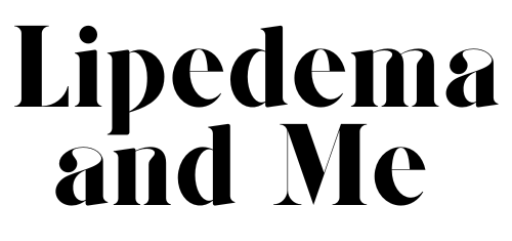Medically reviewed by Joanne Price DLT, MLDT & RMT.
Lipedema is a chronic condition characterised by the abnormal accumulation of fat, primarily in the legs and sometimes Lipedema presents itself in the upper arms. It can lead to Lipedema symptoms such as pain, discomfort, and reduced mobility. While there is no cure for Lipedema, various treatments aim to alleviate symptoms and improve the quality of life for those affected.
One emerging treatment option that is becoming more renowned is Red Light Therapy. There’s already so much scientific research and evidence on its efficacy, especially in relation to conditions like Lymphedema. So, let’s delve into what red light therapy is, how it works, and its potential benefits for women with Lipedema.
Understanding Red Light Therapy
Red Light Therapy, also known as photobiomodulation or low-level laser therapy, is a non-invasive treatment that utilises specific wavelengths of red and near-infrared light to stimulate cellular processes within the body. These wavelengths of light penetrate the skin, where they are absorbed by cells, promoting various therapeutic effects.
How Does Red Light Therapy Work?
The application of Red Light Therapy in Lipedema primarily targets its potential to address two key aspects of the condition:
- Reducing Inflammation: Lipedema is often associated with chronic inflammation, which contributes to pain and swelling in affected areas. Red Light Therapy has anti-inflammatory properties and can help modulate the immune response, potentially reducing inflammation in the affected limbs.
- Improving Microcirculation: Lipedema can disrupt blood flow and lymphatic drainage, leading to further swelling and discomfort. Red Light Therapy has been proven to enhance microcirculation and lymphatic flow, potentially aiding in the removal of excess fluids and waste products in the body.
Potential Benefits of Red Light Therapy for Lipedema
- Pain Reduction: Red Light Therapy may help alleviate Lipedema pain by reducing inflammation and promoting the release of endorphins, natural pain-relieving substances.
- Swelling and Edema Management: Improved lymphatic flow and microcirculation can assist in managing swelling and reducing the size of affected limbs. Red Light Therapy can be in conjunction with other conservative measures, such as massage for Lipedema.
- Enhanced Skin Health: Red Light Therapy can stimulate collagen production and skin cell rejuvenation, potentially improving skin texture and elasticity in areas affected by Lipedema. This is particularly effective during the post operative period when skin in the operated areas needs to retract.
- Better Mobility: By addressing pain and reducing swelling, Red Light Therapy may contribute to enhanced mobility and improved quality of life for individuals with Lipedema.
Red Light Therapy is generally considered safe and well-tolerated when used appropriately. However, it’s essential to consult with your healthcare provider before incorporating Red Light Therapy into your treatment plan. A Lipedema specialist can provide guidance on the suitability of this therapy and ensure it doesn’t interfere with other treatments.
While Red Light Therapy shows promise as a complementary approach to managing the symptoms of Lipedema, it’s important to remember that it is not a cure for the condition. Women with Lipedema need to work closely with their healthcare providers to develop a comprehensive treatment plan that may include a multi-pronged approach, including an anti-inflammatory diet, compression for Lipedema, and other medical interventions such as vibration therapy.
Check out the Red Light Therapy lamp I use at home as part of my daily Lipedema management routine. There’s a wide range of products to choose from, your choice will ultimately depend on your budget and space. I also use my Red Light Therapy lamp for other non Lipedema related benefits, such as increasing collagen production on my face and some studies claim it promotes hair growth.
Disclaimer: This article has been medically reviewed by Joanne Price DLT, MLDT & RMT to ensure accuracy. However, it is provided for informational purposes only and should not replace in-person medical advice. Always consult your doctor or a qualified specialist for diagnosis and treatment.



Thank you so much just diagnosed 35, F Canada
Lifetime of pain and discomfort and not knowing what’s wrong with my legs